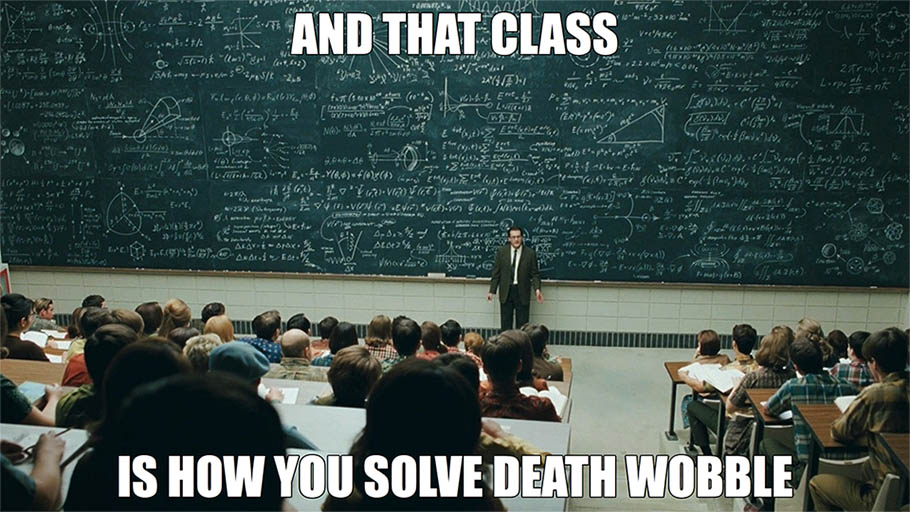Death Wobble: What It Is, What Causes It and How to Fix and Prevent It
Posted by Gillian Fournier on 21st Jul 2017
Admit it. We've ALL seen those posts on the forums, Facebook groups, etc. "I just got death wobble! My steering wheel started shaking when I hit a bump! HAAAAAALLLLPPPP!!". SMH. No. That is NOT death wobble. You will know when/if your Jeep has death wobble. Laundry day will automatically fall on that day. Your heart will most likely be in your throat and you may even have to take a quick breather before continuing down the road. In most cases, the vibrations you are experiencing is really just your Jeep in desperate need of an alignment. However, if you do actually think you are suffering from the dreaded DW, read up on the symptoms, causes and fixes below.
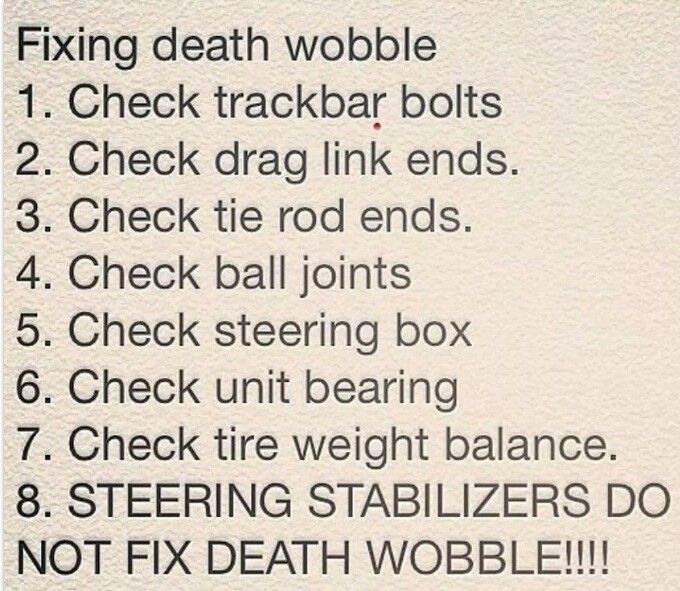
Death Wobble is an uncontrollable, violent shaking of your entire Jeep. Not just the steering wheel and not just the normal vibration or shimmy. Personally, I have never experienced it behind the wheel of my own Jeep, but I have been in the passenger seat of Eric's while it has happened and it ain't pleasant. The only way to get your Jeep to stop shaking immediately is to carefully slow down and in some cases, even come to a complete stop, when safe to do so, of course. DW can happen to any vehicle with a solid front axle but, with that being said, if you recently upgraded or tinkered with your suspension or steering linkage, you are more likely to experience it over a stock Jeep. It typically occurs at speeds of 40 mph or over and hitting bumps, potholes, driving on uneven terrain, etc can trigger it. Usually DW is caused my loose, damaged or broken steering components or improperly installed suspension parts.
There are fairly easy diagnoses and solutions for fixing and preventing death wobble; none of which involve a steering stabilizer so erase that from your memory asap. In fact, steering stabilizers only aid in masking the problem and could potentially cause more issues down the road. Your front track bar, tie rod, ball joints and wheel bearings are usually the culprits behind DW an should be checked for wear, damage or missing components.
Check out the Death Wobble Recreation video from Rare Parts Inc.
Pinpointing the Problem:
- Your front track bar should always be the first stop on your checklist. The frame side bolt is notorious for being an issue and if it's loose, the force of the track bar can warp the mounting hole so make sure that bolt is torqued to specs. The track bar bushings should also be checked for wear or damage. To test this out, grab a second person. With the motor off but the key in the "on" position, move the steering wheel back and forth. If there is play in the track bar but the bolts have been torqued to specs, the bushings, joints or bolts need to be replaced. We have had great experiences with the Rock Krawler, TeraFlex and Synergy track bars. You can view our inventory of front track bars here.
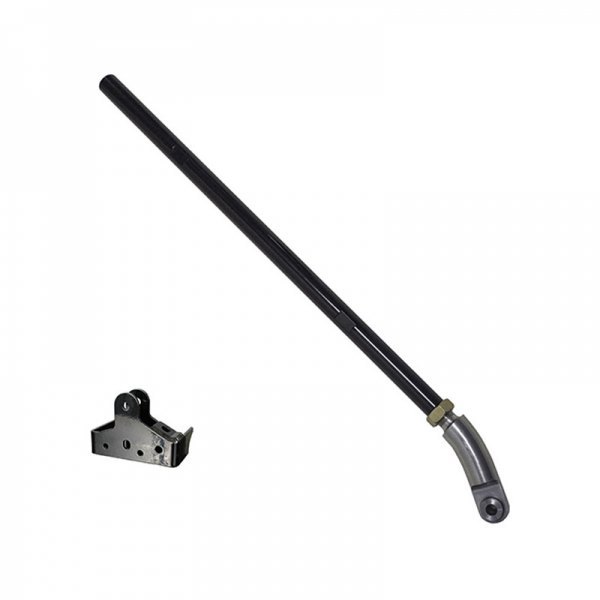 .
. 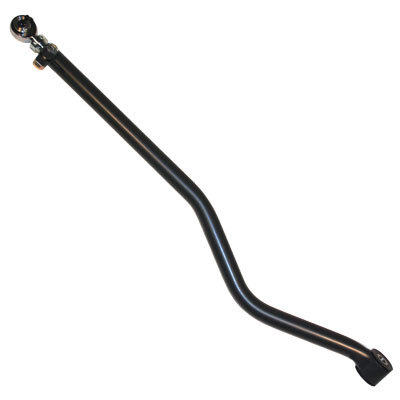
.
- If everything checks out with your track bar and nothing looks bent, lost or damaged, next check your tie rod and ends. If your tie rod doesn't move, but the ends seem to be wiggling or the rubber boot is torn or missing, the ends need to be replaced. If the tie rod itself looks bent or damaged, it's recommended to get that replaced as well. Again, Rock Krawler, TeraFlex and Synergy make some beefy AF replacements and upgrades for tie rod. You can view our inventory of tie rods here.
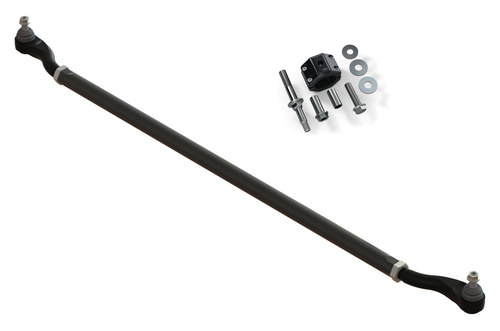 .
. 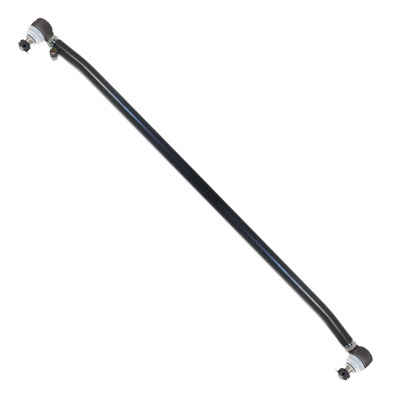
- The next step if everything looks fine with your track bar and tie road, is to check the ball joints. A visual inspection can usually provide you with an idea of whether or not you need to upgrade or replace them. The ball joints are enveloped in a rubber boot filled with lubricating grease. If the boots look damaged or grease has been leaking out, it is in your best interest to replace them. If the visual assessment isn't enough, you can jack the jeep up and use a pry bar to push against the tire. If there is any play between the steering knuckle and ball joint, it's time to replace them. We have had great luck and reviews of the TeraFlex and Dynatrac HD ball joints. Check out our inventory of ball joints here.
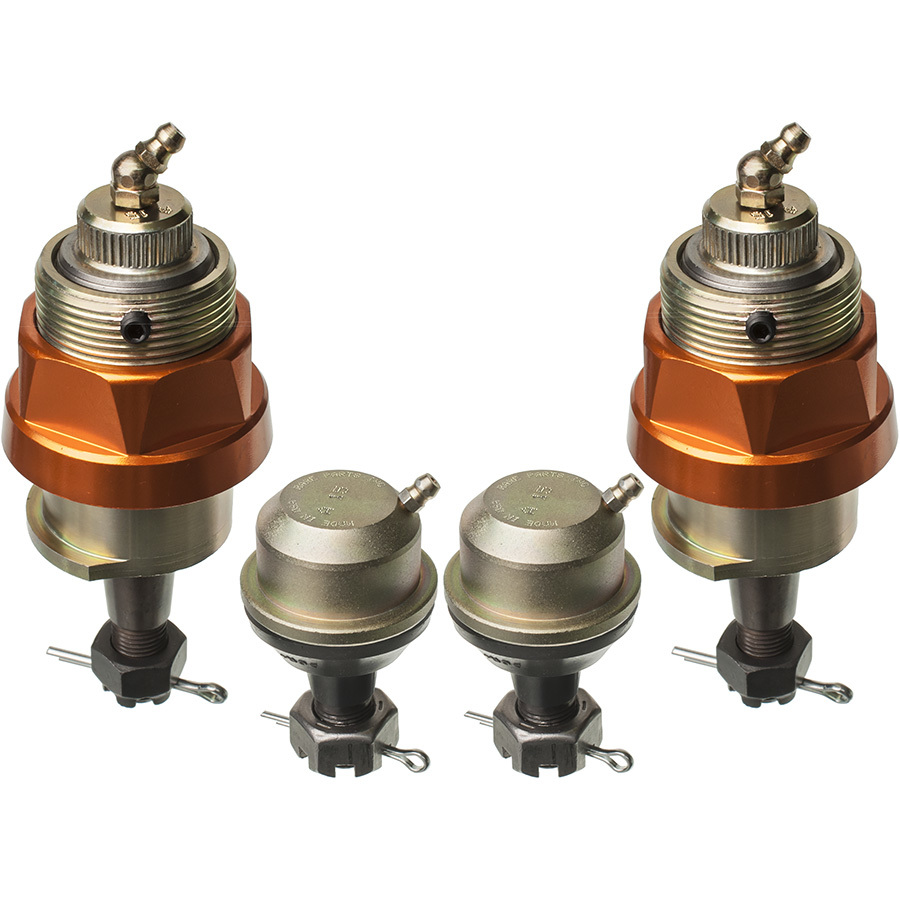 .
. 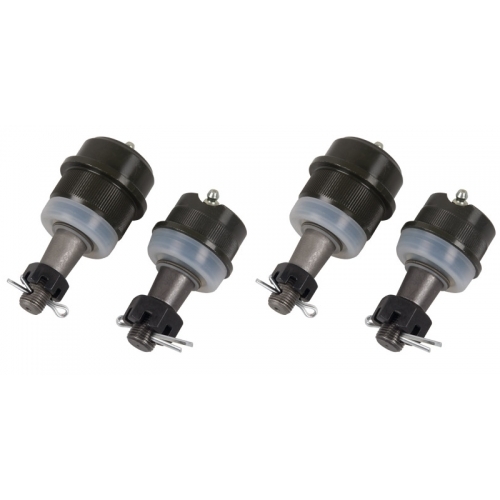
- Once the initial check is done, it's always a good idea to check your wheel bearings. Although they're not a key factor in diagnosing death wobble, if you feel your Jeep vibrating, either in the steering wheel or below your feet when turning (usually at highway speeds), the wheel bearings could be the issue. With your Jeep still jacked up, place your hands on the tire at the 12:00 and 6:00 points. Wiggle the tire and wheel back and forth from the top to bottom. If you feel any movement that's out of the ordinary, the bearing is most likely worn and should be replaced. If it sounds or feels like there is sand moving around inside the tire, remove the tire and wheel and check for metal shavings at the hub. We highly recommend Moog or Timkin bearings for replacements.
- * Before bringing your Jeep in for an alignment, it's always a good idea to check on your control arms while you're already under your front end. Any signs of cracks, missing hardware or damage will tell you that they need to be replaced.*
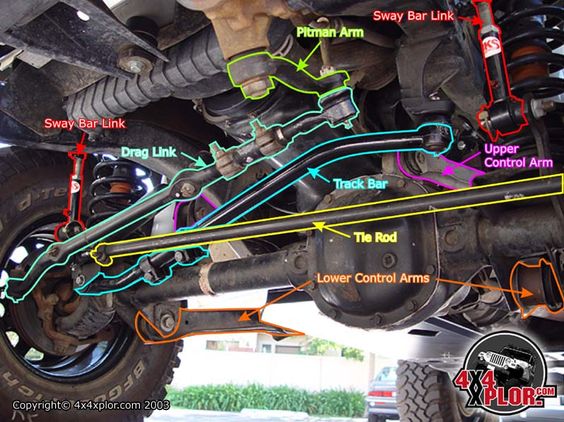
Once everything has been assessed on your front end, it's a good idea to bring your Jeep in for an alignment. By doing so, you can correct or re-align the angles of your tires, which will affect how they make contact with road surfaces. An alignment will also help recenter your suspension components for a smoother, straighter, more responsive ride.
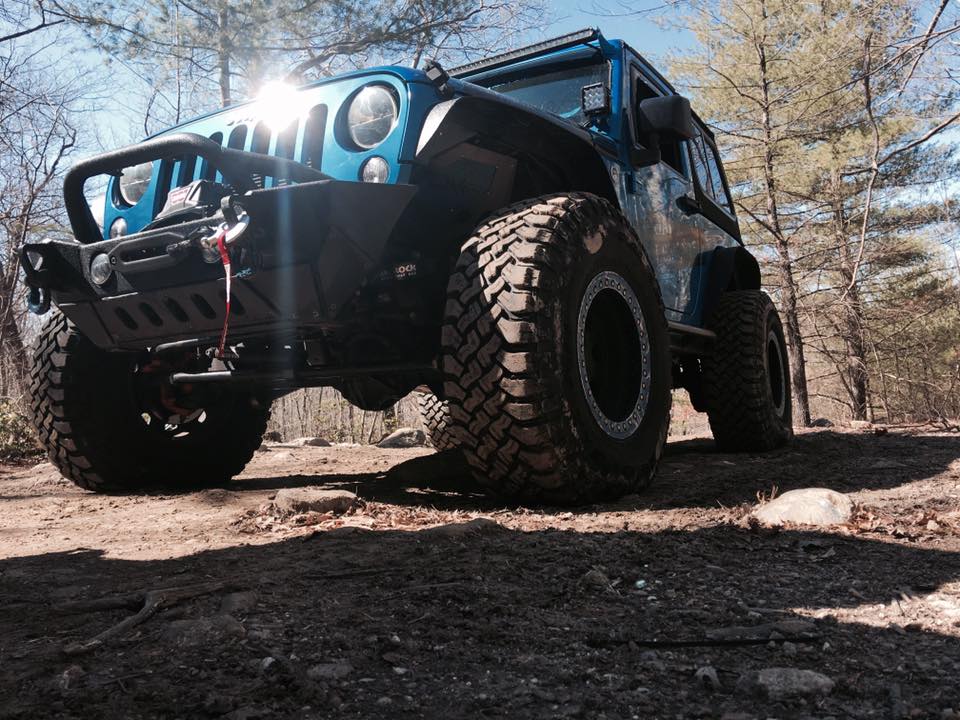
If by any chance you are simply experiencing the common steering wheel shimmy, you most likely have what is known as "bump steer". When lifting your Jeep, one of the main differences you notice, besides the height, is the steering. If you've noticed your Jeep darting to the left or right after hitting a bump or pot hole, bump steer is usually the cause. (Fitting name, huh?) Bump steer is easier to diagnose and maintain than DW and is also caused by improperly installed suspension and/or steering components or loose, damaged, broken parts.
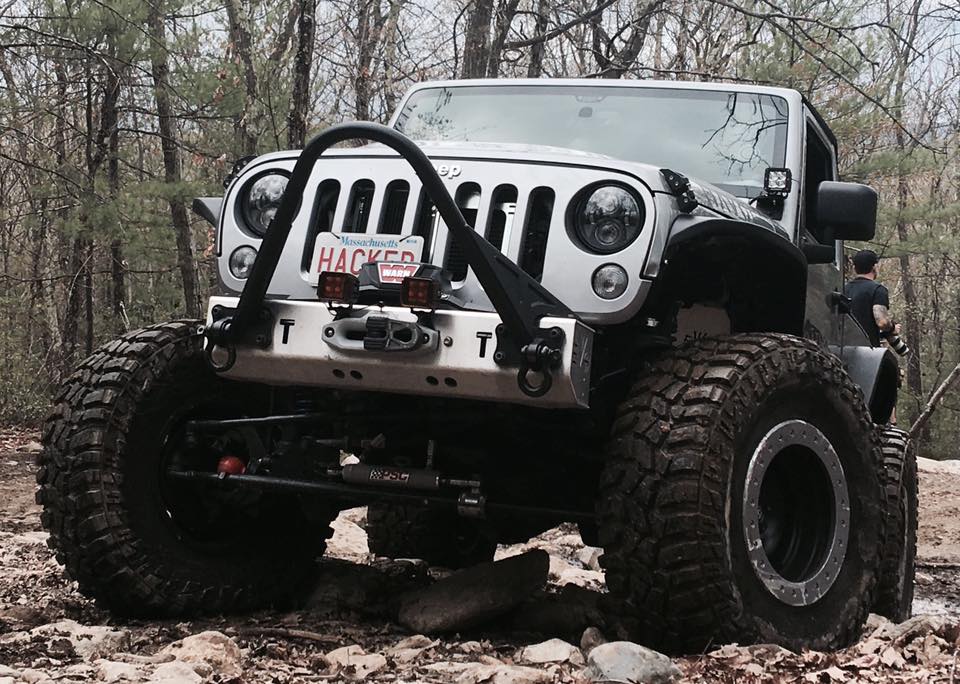
- Check your track bar and drag link to make sure both are parallel to each other. Check your caster angles at an alignment shop; 4.5-5 degrees is what it should be set to. If you have a lift of 3.5" or higher, normally doing an over-the-knuckle high steer kit and raised track bar bracket (drag link flip) will alleviate the issues. This raises the steering linkage and makes it more parallel to the ground, in turn making your steering more responsive, easier to control and eliminating the bump steer
For more information on steering components and parts, click here!
